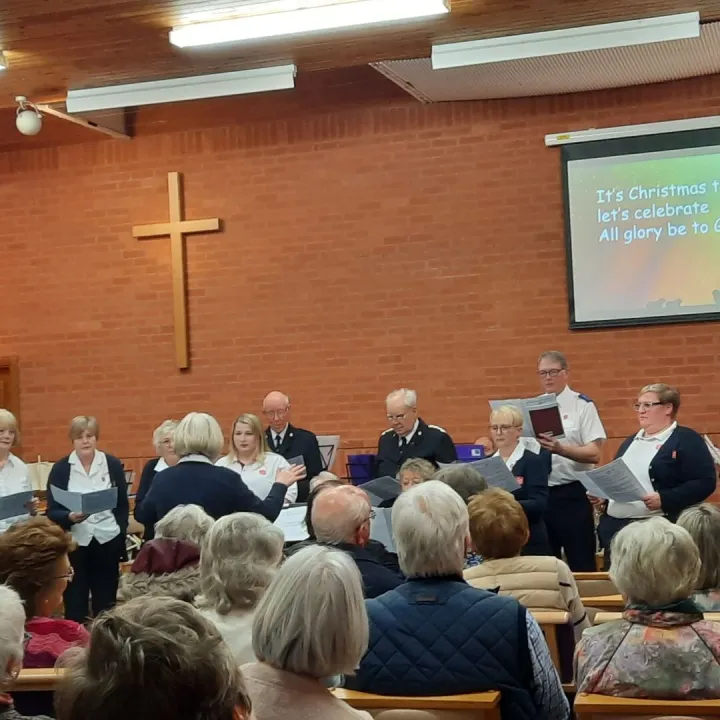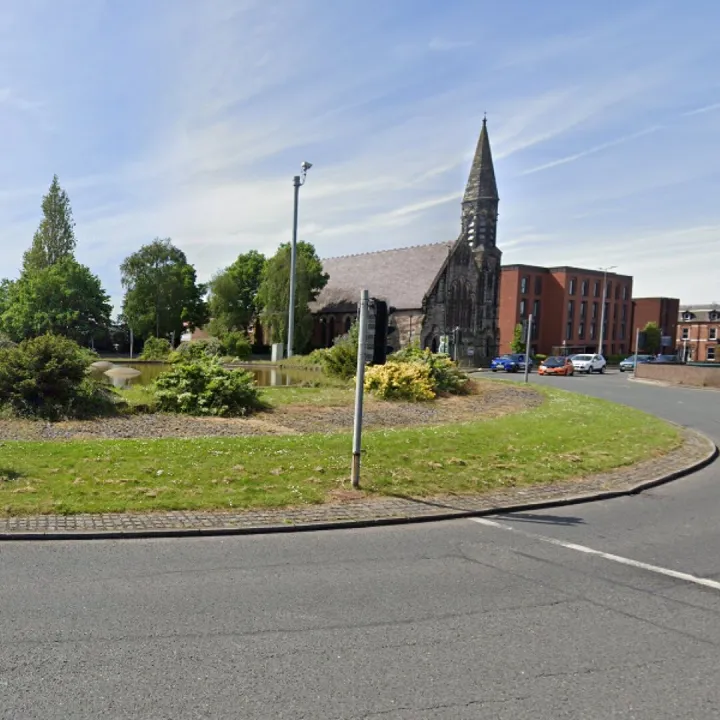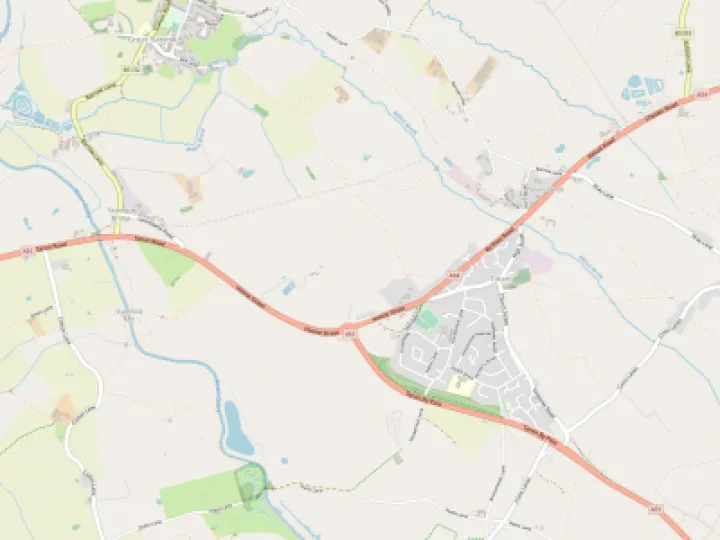Beating the Bounds in Tarvin in 1968
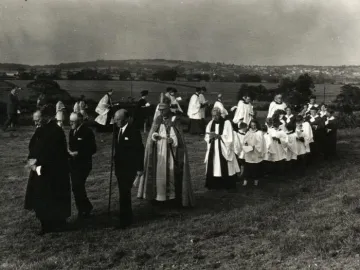
Beating the bounds is an ancient custom still observed in some English Parishes and besides its more usual name was also known as 'riding the marches', 'riding the fringes' or ' common riding'
A group of old and young members of the community would walk the boundaries of the parish, usually led by the parish priest and church officials, to share the knowledge of where they lay, and to pray for protection and blessings for the lands. The ceremony had an important practical purpose. Checking the boundaries was a way of preventing encroachment by neighbours; sometimes boundary markers would be moved, or lines obscured, and a folk memory of the true extent of the parish was necessary to maintain integrity of borders by embedding knowledge in oral traditions.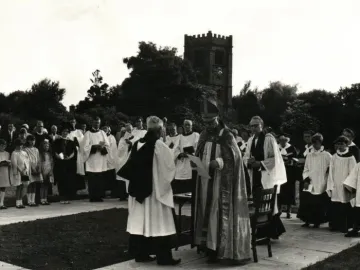 Knowledge of the limits of each parish needed to be handed down so that such matters as liability to contribute to the repair of the church, and the right to be buried within the churchyard were not disputed. Although modern surveying techniques make the ceremony obsolete, at least for its secular purpose, many English parishes carry out a regular beating of the bounds, as a way of strengthening the community and giving it a sense of place.
Knowledge of the limits of each parish needed to be handed down so that such matters as liability to contribute to the repair of the church, and the right to be buried within the churchyard were not disputed. Although modern surveying techniques make the ceremony obsolete, at least for its secular purpose, many English parishes carry out a regular beating of the bounds, as a way of strengthening the community and giving it a sense of place.
A number of these customs survive around the country and are commonly associated with Rogationtide and Ascension Day, though not invariably so. In some cases they take place every year without fail, at others they are less regular.
The photographs , thanks to the archive of Stephen Webster, show the custom held in Tarvin in 1968.(click to enlarge as usual)
In Britain the custom involved walking around the parish boundary and beating it with a stick, or stripped willow branch known as a wand.
Curiously, certain stones, trees or other marker points around the boundary would also be beaten by literally bumping a boy (often a choirboy) against the mark. The boy would be suspended upside down and his head gently tapped against the stone or he would be taken by the feet and hands and swung against a tree! Nobody knows why or how the tradition originated. One explanation advanced is that it was intended to teach the young their parish's limits and that the bumping of choir boys – at one time all the local children would have been involved – was 'to help them remember'.
Ed: Not in Tarvin your Honour!
Quick Links
Get In Touch
TarvinOnline is powered by our active community.
Please send us your news and views.



